43 Types Of Herbs And Spices Used In Hotel Kitchen | Food Production
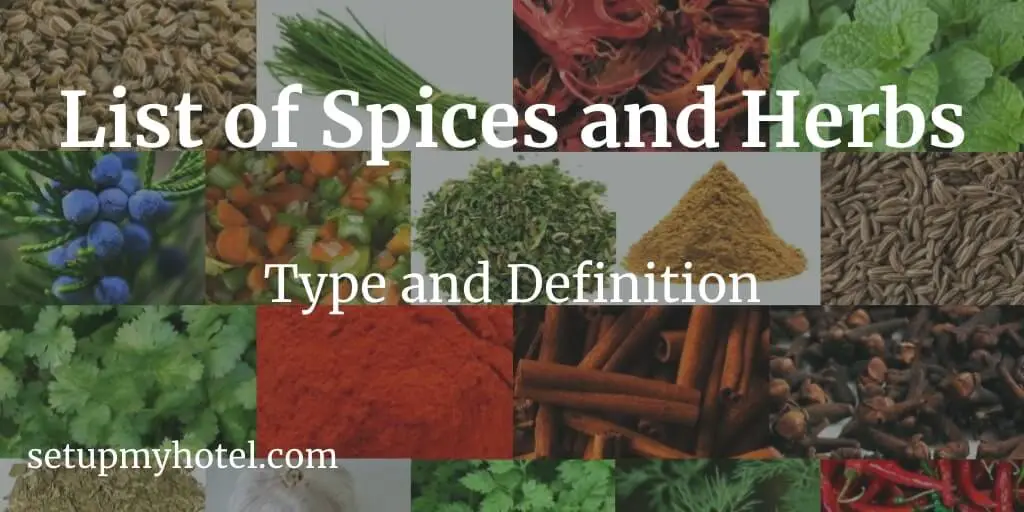
Types and Definitions of Herbs and Spices Used in Hotel Kitchens Spices: The term spice comes from Latin meaning ‘Fruits of the ...
Read more
Use Of Thermometer In Hotel Kitchen / Food Production

What is the use of a Thermometer in the hotel kitchen? In the food production or kitchen environment microbes are ...
Read more
19 Cuts Of Vegetables / Types Of Vegetables Cuts
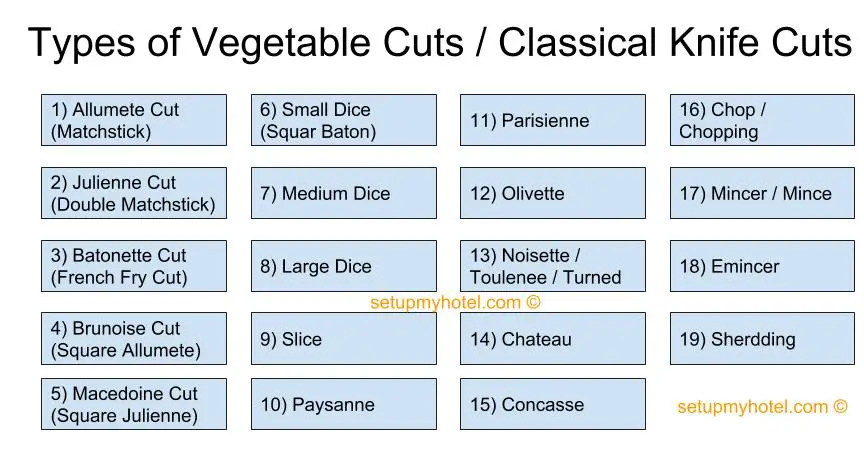
Types Of Vegetable Cuts Used in the Kitchen / Food Production Vegetables are a staple in many kitchens, and their ...
Read more
Food Holding Temperature Guide – Meat | Poultry | Fish | Other Items

Standard Food Holding Temperature Range Guide For Meat, Fish Poultry, and Other Items In the hotel industry chefs, cooks and ...
Read more
How To Keep Knife Or Knives Sharp?
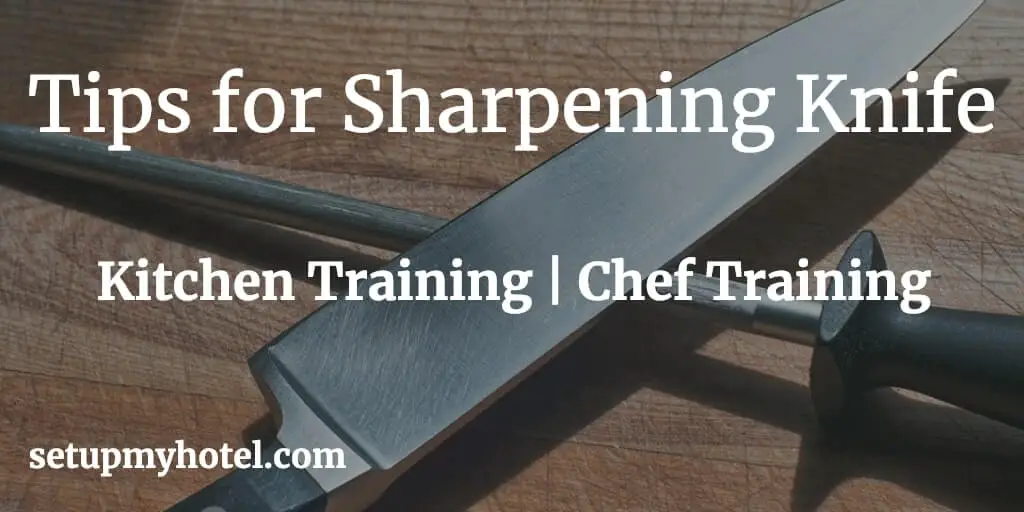
Tips For Keeping The Knife Sharp A knife is a tool that is of little use if it is not ...
Read more
27 Duties And Responsibility Of Garde Manger Chef / Cold Kitchen Chef
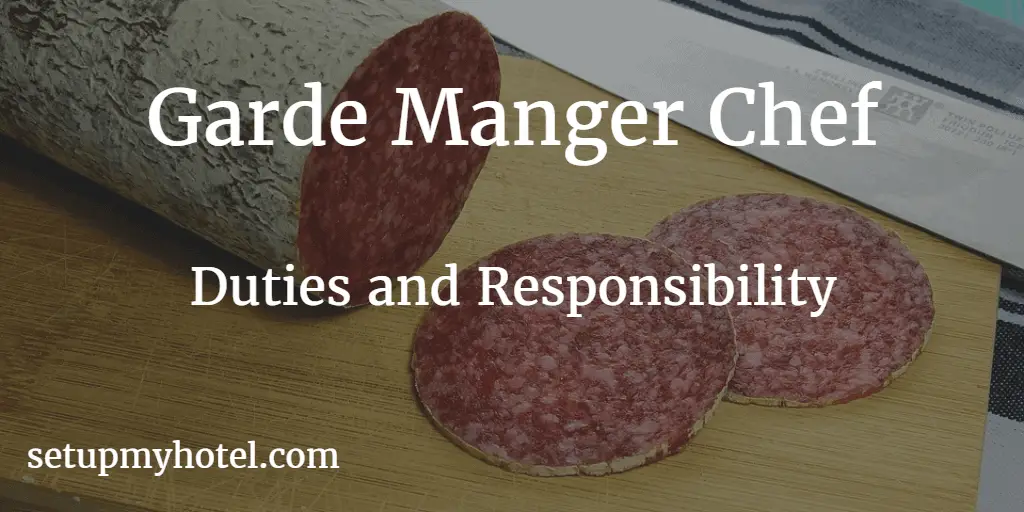
Job Description, Duties, Interview Questions and Salary for Garde Manger Chef A Garde Manger Chef is responsible for the preparation ...
Read more
29 Duties And Responsibility Of Line Chef / Commis II

Job Description, Duties, Interview Questions and Salary for Line Chef or Commis II As a Line Chef or Commis II, ...
Read more
Breakfast Chef Duties And Responsibility

Job Description, Duties, Interview Questions and Salary for Breakfast Chef As a breakfast chef, your main responsibility is to prepare ...
Read more
23 Duties And Responsibilities Of Chef de Partie (CDP)

Job Description, Duties, Interview Questions and Salary For Chef de Partie (CDP) A Chef de Partie, also known as a ...
Read more
Sous Chef / Chef de Cuisine Duties And Responsibility
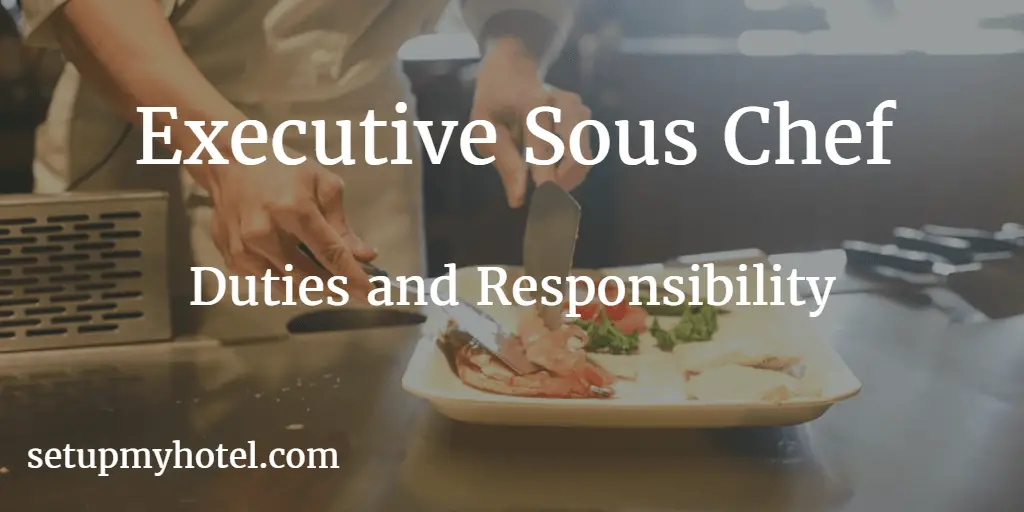
Job Description, Duties, Interview Questions and Salary for Executive Sous Chef As an Executive Sous Chef, you will be responsible ...
Read more









